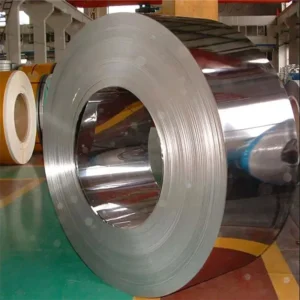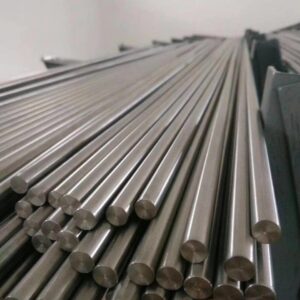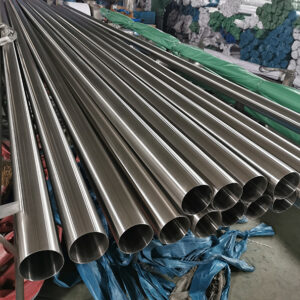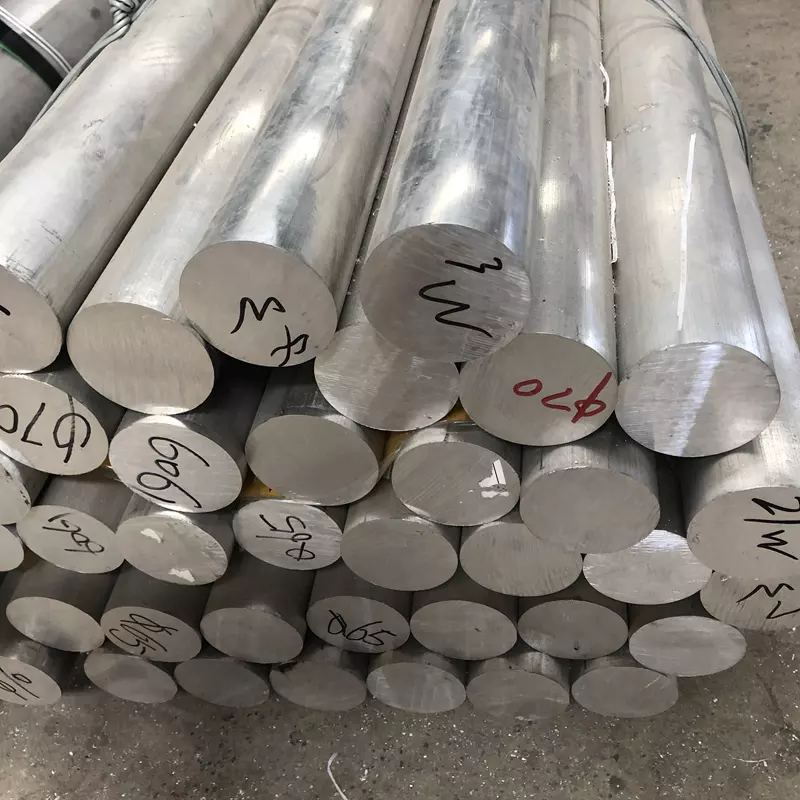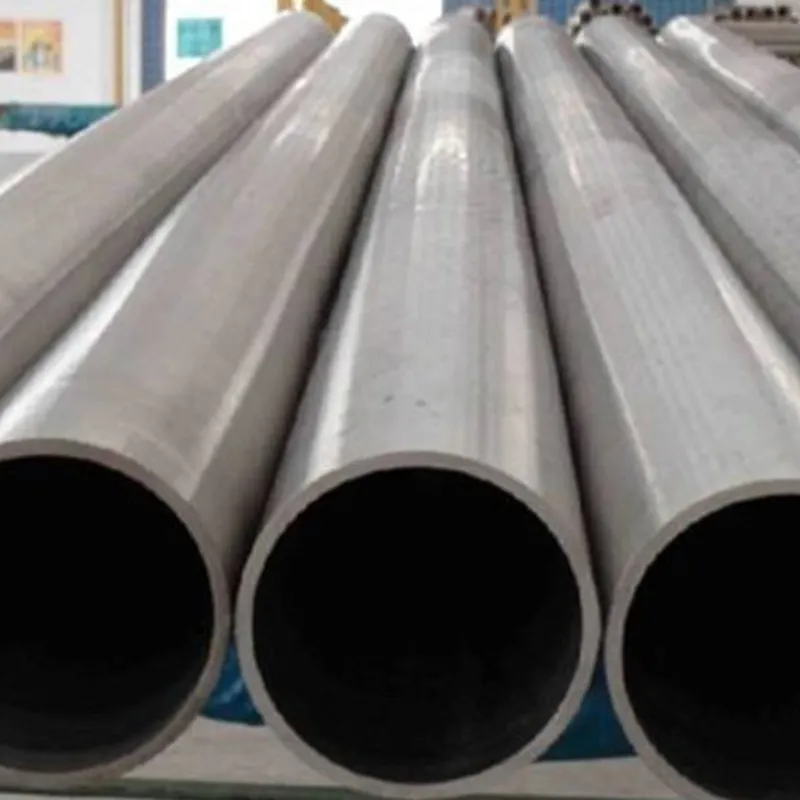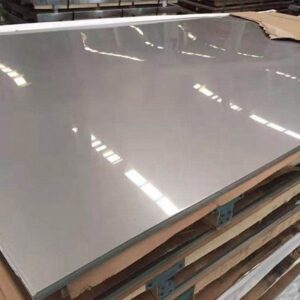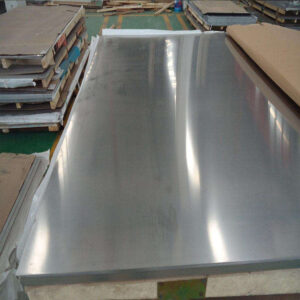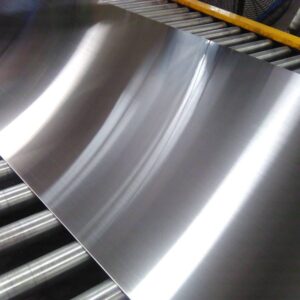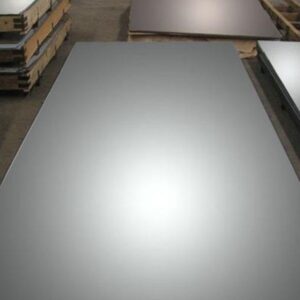Product Detail:
Chemical Composition
|
Alloy |
element | C | Si | Mn | S | Cu | Al | Cr | Ni | Ti | Fe | Mo | Nb |
|
Nickel 925 |
Min |
1.5 |
0.1 |
19.5 |
42.0 |
1.9 |
22.0 |
2.5 |
|||||
| Max | 0.03 | 0.5 | 1.0 | 0.03 | 3.0 | 0.5 | 22.5 | 46.0 | 2.4 | 3.5 |
0.5 |
Mechanical Properties
|
Alloy Status |
Tensile strength Rm Min Mpa |
Yield strength R P 0. 2 Min Mpa |
Elongation |
| annealed | 650 | 295 |
30 |
Physical Properties
|
Density g/cm3 |
Melting Point ℃ |
| 8.1 |
1343-1440 |
Standard
Rod, Bar, Wire and Forging Stock – ASTM B 164 (Rod, Bar, and Wire),ASTM B 564 (Forgings)
Plate, Sheet and Strip -,ASTM B 127, ASME SB 127
Pipe & Tube – ASTM B 165(Seamless Pipe and Tube), ASTM B 725 (Welded Pipe), ASTM B 730 (Welded Tube), ASTM B 751 (Welded Tube), ASTM B 775 (Welded Pipe), ASTM B 829(Seamless Pipe and Tube)
Welding Products – Filler Metal 60-AWS A5.14/ERNiCu-7;Welding Electrode 190-AWS A5.11/ENiCu-7.
Characteristics of Nickel 925
- High strength and excellent corrosion resistance
- Resistance to oxidation in reducing environments
- Precipitable hardening


